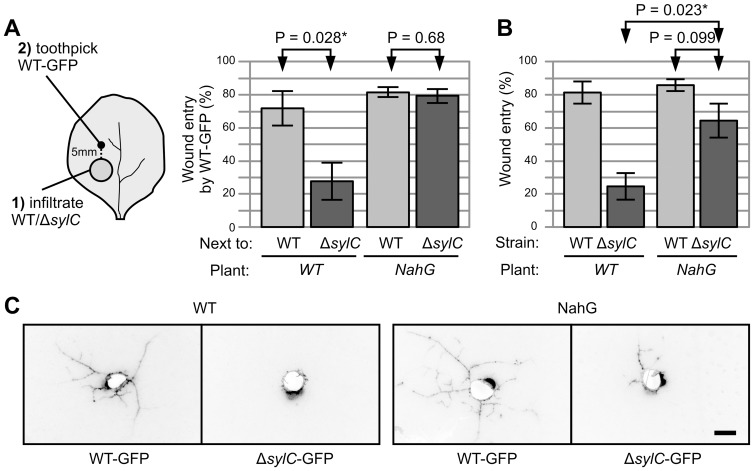Figure 8. NahG blocks immunity in adjacent tissues and only partially promotes wound entry by ΔsylC bacteria.
(A) Reduced wound entry by WT bacteria when inoculated next to ΔsylC-infiltrated regions is absent in NahG plants. Leaves of WT and NahG-transgenic N. benthamiana plants were infiltrated with WT or ΔsylC bacteria, and GFP-expressing WT PsyB728a bacteria were inoculated 1 d later at 0.5 cm from the border of the infiltrated region. Wound entry was monitored 5 d later by fluorescence microscopy. Error bars represent SEM of four independent experiments, each with 12 wound inoculations. P-values determined using the Student's t-test are indicated. (B–C) The ΔsylC mutant can colonize adjacent tissues in NahG-transgenic plants, though less than WT bacteria. WT and ΔsylC mutant bacteria were inoculated in WT and NahG-transgenic N. benthamiana plants, and wound entry was scored after 5 d by fluorescence microscopy. Error bars represent SEM of four independent experiments, each with 12 inoculations. P-values determined using the Student's t-test are indicated. (C) Representative pictures of colonization by WT or ΔsylC bacteria at 5 dpi in WT or NahG-transgenic plants. Fluorescence pictures were converted into inverted greyscale for better visibility. Scale bar, 1 mm.

